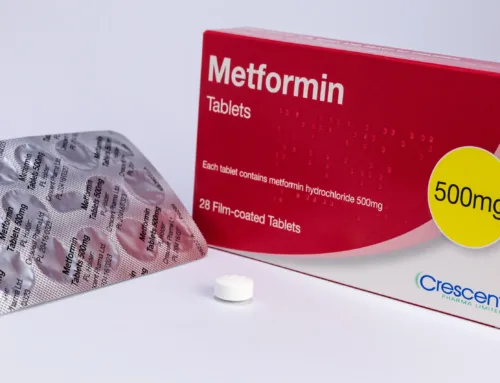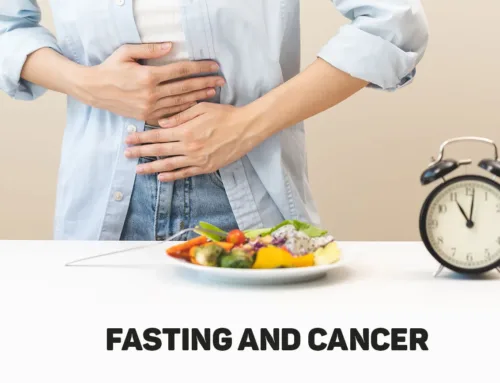Adolescent obesity and midlife cancer risk: a population-based cohort study of 2·3 million adolescents in Israel
-
Ariel Furer, MD et al Lancet ARTICLES| VOLUME 8, ISSUE 3, P216-225, MARCH 01, 2020
 Summary
SummaryBackground
Obesity has been established as a causal factor for several types of cancer, and adolescent obesity is increasing worldwide. We examined associations between measured body-mass index (BMI) at age 17 years and cancer incidence, and with mortality among those who developed cancer.Methods
In a nationwide, population-based cohort of adolescents, height and weight were measured at pre-recruitment mandatory medical examination during 1967–2010. BMI was classified according to US Center for Disease Control and Prevention percentiles. We applied Cox proportional hazard models to estimate the hazard ratios (HRs) and 95% CIs for incident cases of cancer using the 5th–49th BMI percentile group as a reference. The primary outcome was any cancer diagnosis between Jan 1, 1967, and Dec 31, 2012, as recorded in the Israeli National Cancer Registry. Participants with a diagnosis of cancer at baseline (before military recruitment assessment) were excluded from this analysis. The secondary outcome of this study was all-cause mortality among cohort members who had cancer, between Jan 1, 1967, and Dec 31, 2017.Findings
Of the 2 458 170 participants examined between Jan 1, 1967, and Dec 31, 2010, 160 040 were excluded. 2 298 130 participants of which 928 110 were women and 1 370 020 were men. During 29 542 735 person-years of follow-up in men, 26 353 incident cases of cancer were recorded and in 18 044 863 person-years of follow-up in women, 29 488 incident cases of cancer were recorded. Cancer incidence increased gradually across BMI percentiles. The adjusted HR was 1·26 (95% CI 1·18–1·35) among men with adolescent obesity. Among women, we found no association between obesity and overall cancer, driven by inverse associations of obesity with cervical and breast cancers. When these cancers were excluded, the adjusted HR for cancer was 1·27 (1·13–1·44) among women with adolescent obesity. In both sexes, high BMI (≥85th percentile) was associated with an increased cancer risk after 10 years. This association was accentuated in the late period of the cohort versus the early period of the cohort. BMI was positively associated with a higher risk of mortality. The projected population attributable risk for high BMI was 5·1% (4·2–6·1) for men and 5·7% (4·2–7·3) for women.Interpretation
The increasing prevalence of adolescent obesity and the possible association between adolescent BMI and cancer incidence might increase the future burden of obesity-related cancers. BMI among adolescents could constitute an important intervention target for cancer prevention.






Leave A Comment